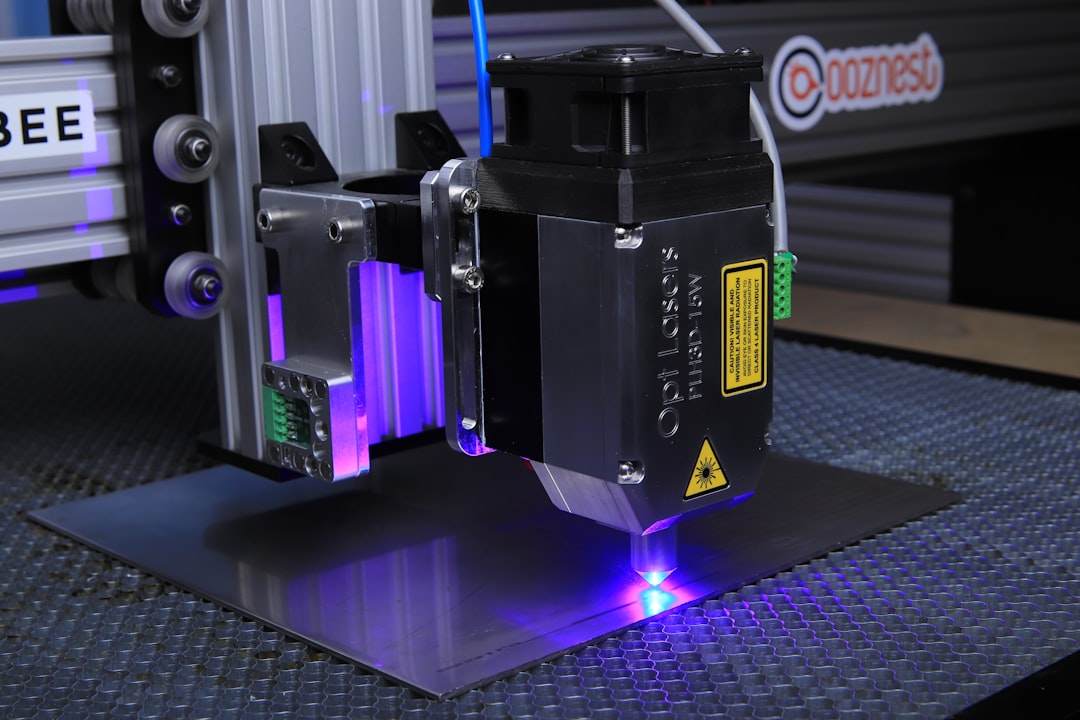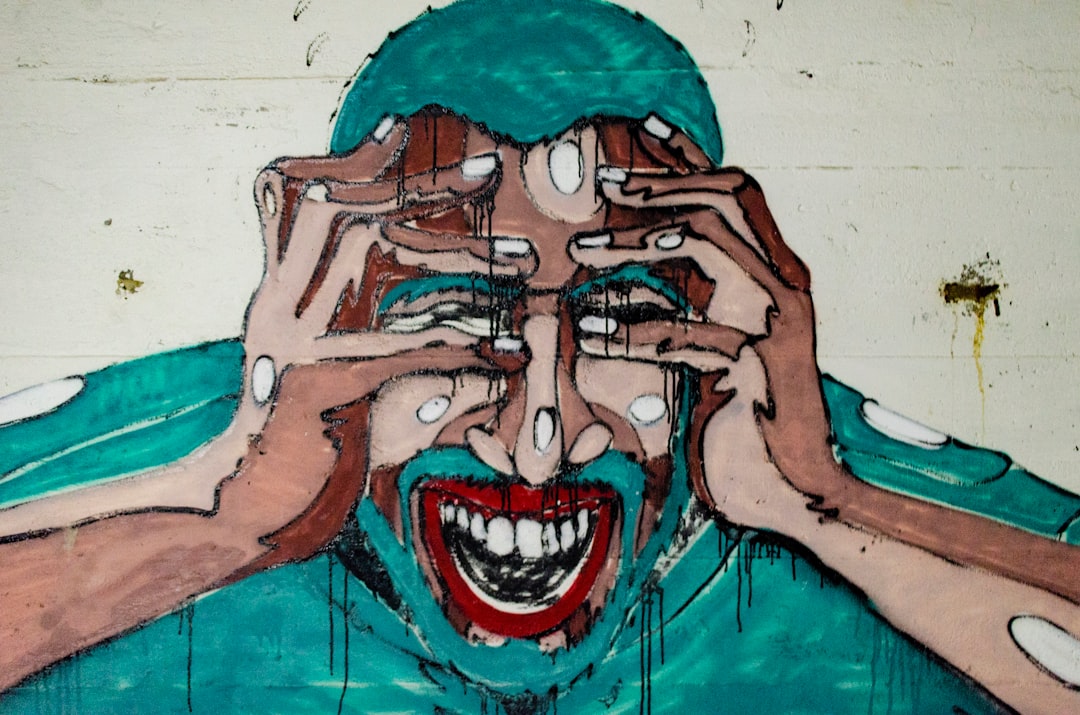What is it about?
In this study, we used an empirically verified model of creep strain accumulation, in a simulation of 10 non-homogeneous samples, which were created from micro-CT scans of human cortical bone of the femur midshaft obtained from a 74-year-old female cadaver. These non-homogeneous samples incorporate the presence of Haversian canals and resorption cavities. The influence of inhomogeneity on the response and variation in the samples in both creep and stress relaxation tests are examined.
Featured Image
Read the Original
This page is a summary of: Simulation of creep in non-homogenous samples of human cortical bone, Computer Methods in Biomechanics & Biomedical Engineering, October 2012, Taylor & Francis,
DOI: 10.1080/10255842.2011.575069.
You can read the full text:
Resources
Contributors
The following have contributed to this page










